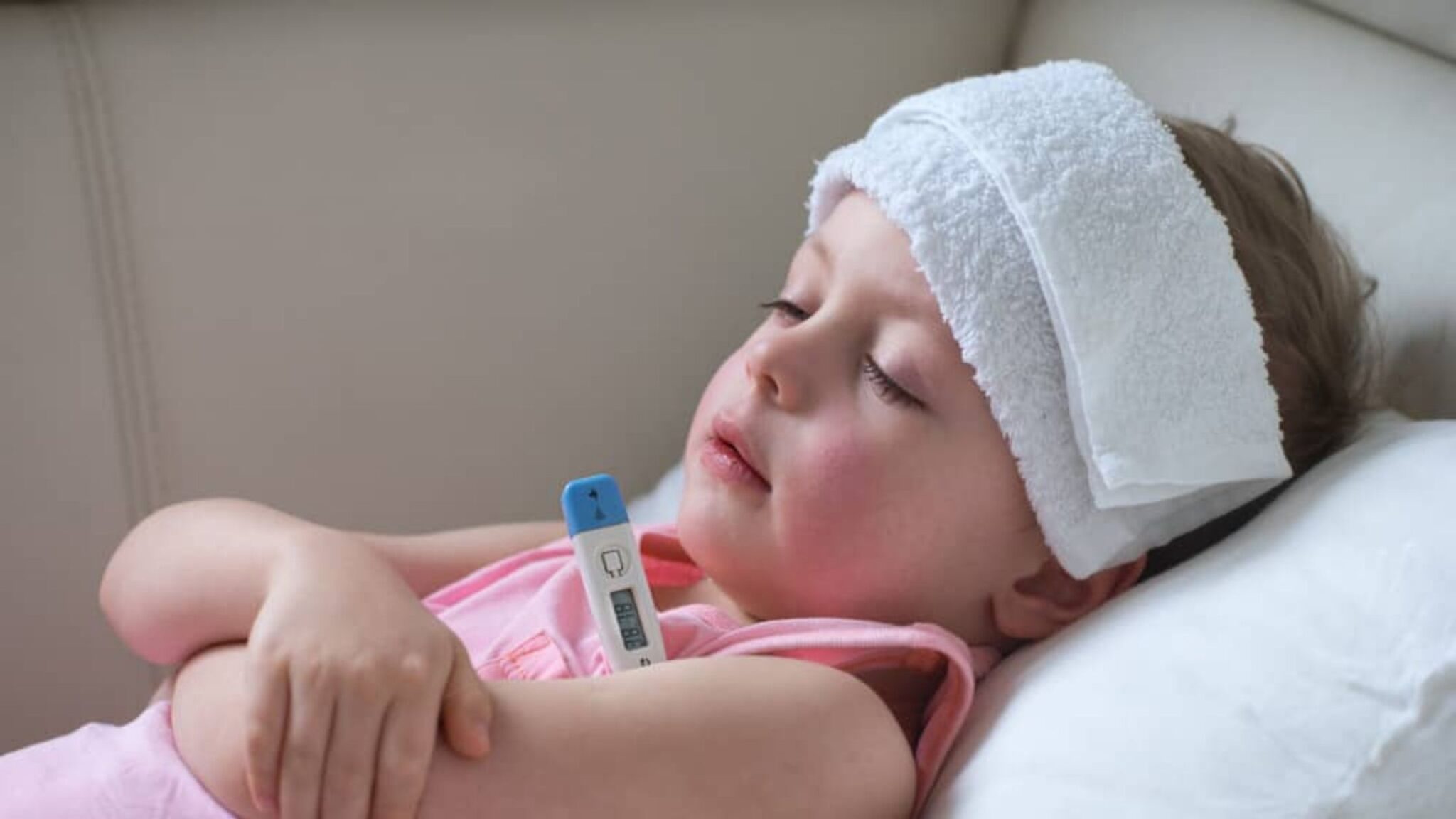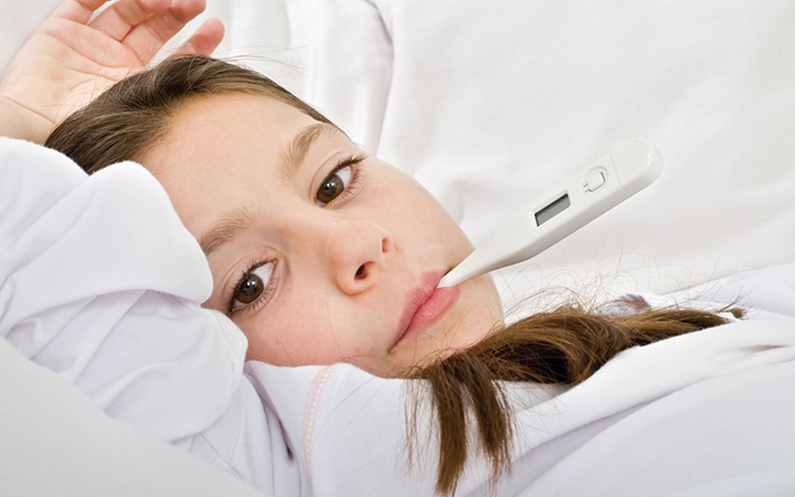How High For A Fever
How High For A Fever - Fever is one of the most common symptoms of various illnesses, and it is usually an indication that your body is fighting off an infection. While fever is quite normal, understanding the different levels of fever and knowing when it is too high is crucial. If you have a child, you need to pay extra attention as high fever in children can cause a lot of distress. Here are five things you should know about high fever in children that can help you keep them healthy and comfortable.
High Fever in Children
1. Know What High Fever Is
First things first, what is considered high fever in children? In general, a temperature above 100.4 degrees Fahrenheit (38 degrees Celsius) is considered a fever. However, high fever depends on a child's age, and it can vary from one child to another.

2. Watch Out for the Signs
While fever itself is not a cause of concern, high fever can be dangerous depending on the signs and symptoms that accompany it. Signs to watch out for include excessive drowsiness, difficulty breathing, severe headache, and seizures. If your child displays any of these symptoms, it's essential to seek immediate medical attention to rule out serious illnesses.

3. Take Immediate Actions
If your child has a high fever, you can take some immediate actions to bring down their temperature. Dress them in comfortable, breathable clothes, and make sure they drink plenty of fluids. Children with high fever can easily become dehydrated, so it's essential to keep them hydrated with water, juice, or a rehydration solution. Using a damp cloth to cool your child down can also be an effective way to lower their temperature.
/GettyImages-98472188-56819c613df78ccc15b430c4.jpg)
4. Use Over-The-Counter Medications Carefully
Over-the-counter medications such as ibuprofen and acetaminophen can be effective in reducing high fever in children. However, it's crucial to use them carefully and follow the recommended doses. Avoid giving aspirin to children as it can cause Reye's syndrome, a rare but serious illness that can cause liver and brain damage.

5. When to Seek Medical Attention
Not all fevers require medical attention, but there are some instances when you should seek help right away. If your child is younger than three months and has a rectal temperature of 100.4 degrees Fahrenheit (38 degrees Celsius) or higher, seek medical attention. If your child has a high fever accompanied by symptoms such as severe headaches, difficulty breathing, vomiting, or seizures, seek emergency medical help immediately.

It's important to note that high fever is not always a bad thing. In fact, it is often a sign that your body is fighting an infection, and in most cases, it goes away on its own. However, if you have a child with a high fever, it's best to err on the side of caution and seek medical attention or take appropriate measures to bring down their temperature, especially if it's accompanied by other worrisome symptoms.
Remember that prevention is always better than cure. Encourage your child to follow basic hygiene practices such as washing their hands regularly, covering their mouth and nose when coughing or sneezing, and avoiding close contact with sick people. These small steps can go a long way in keeping your child healthy and fever-free.
Read more articles about How High For A Fever
Post a Comment for "How High For A Fever"